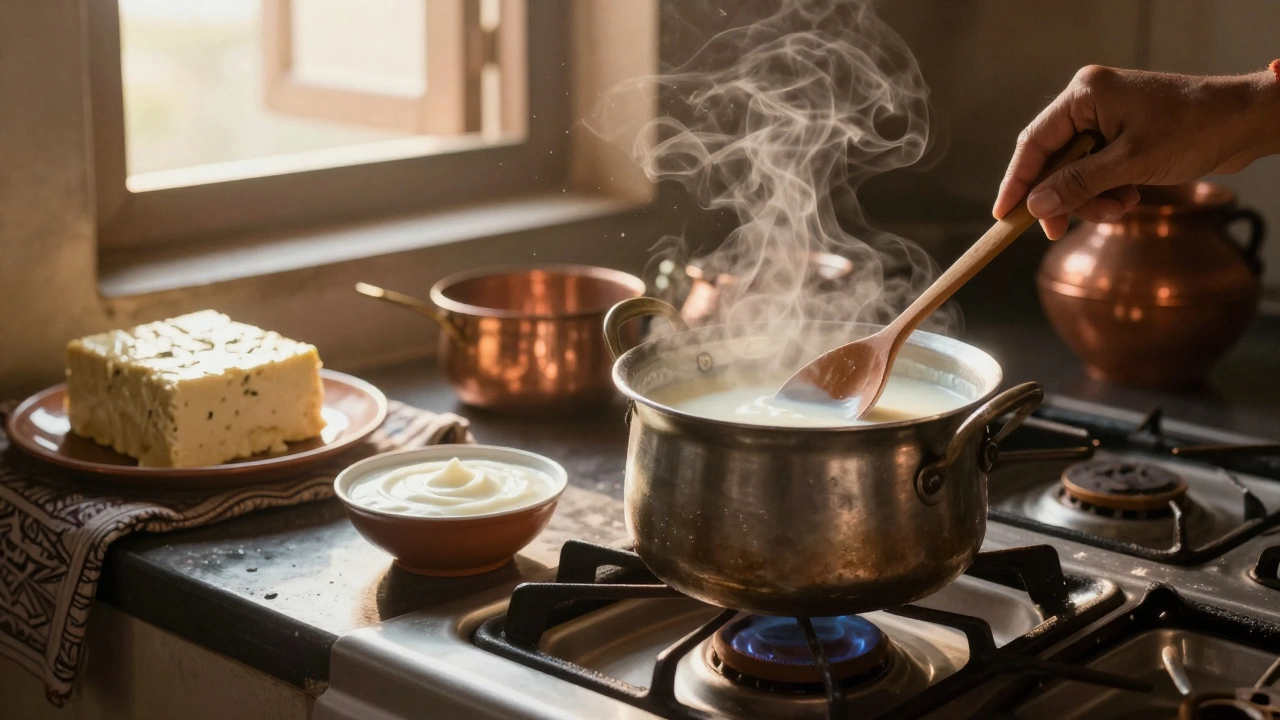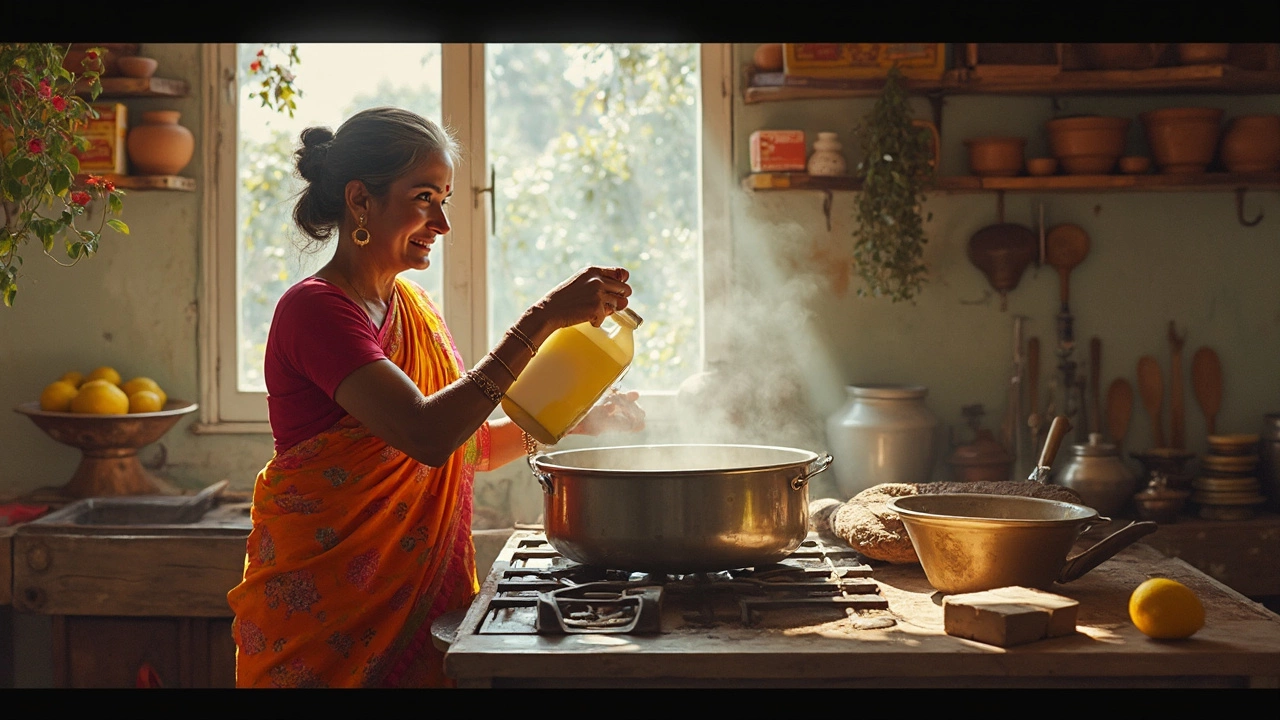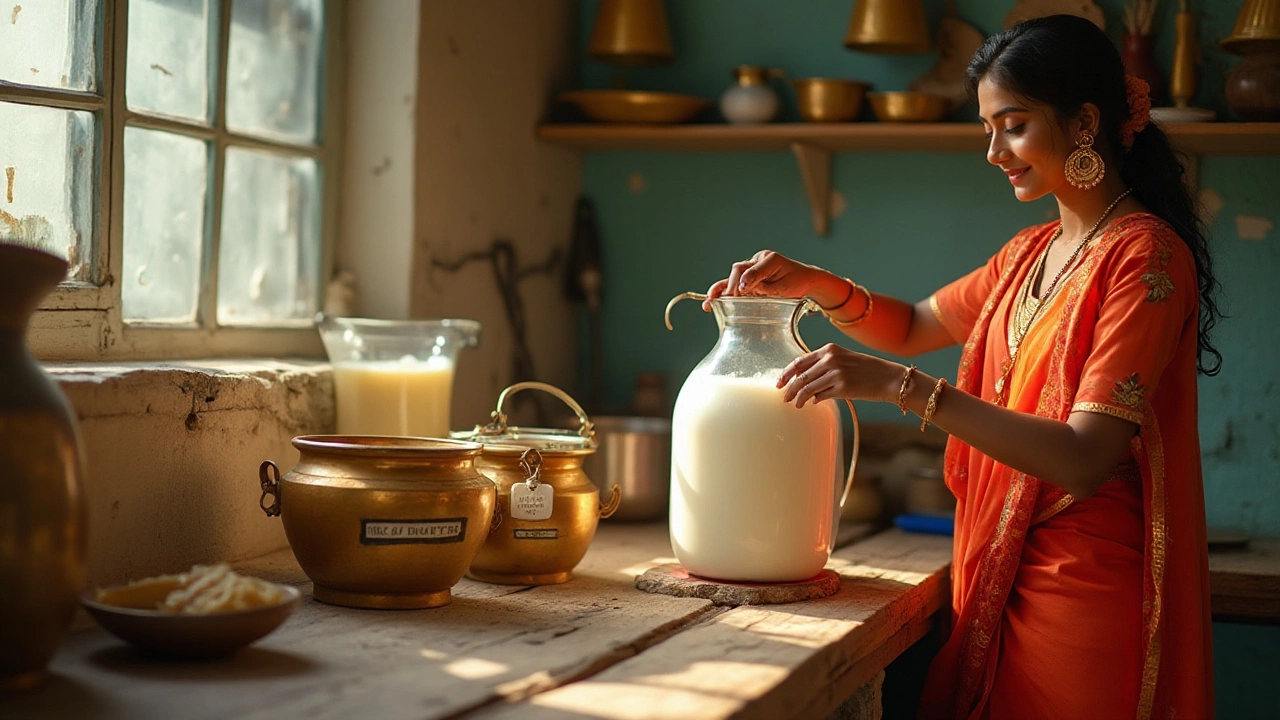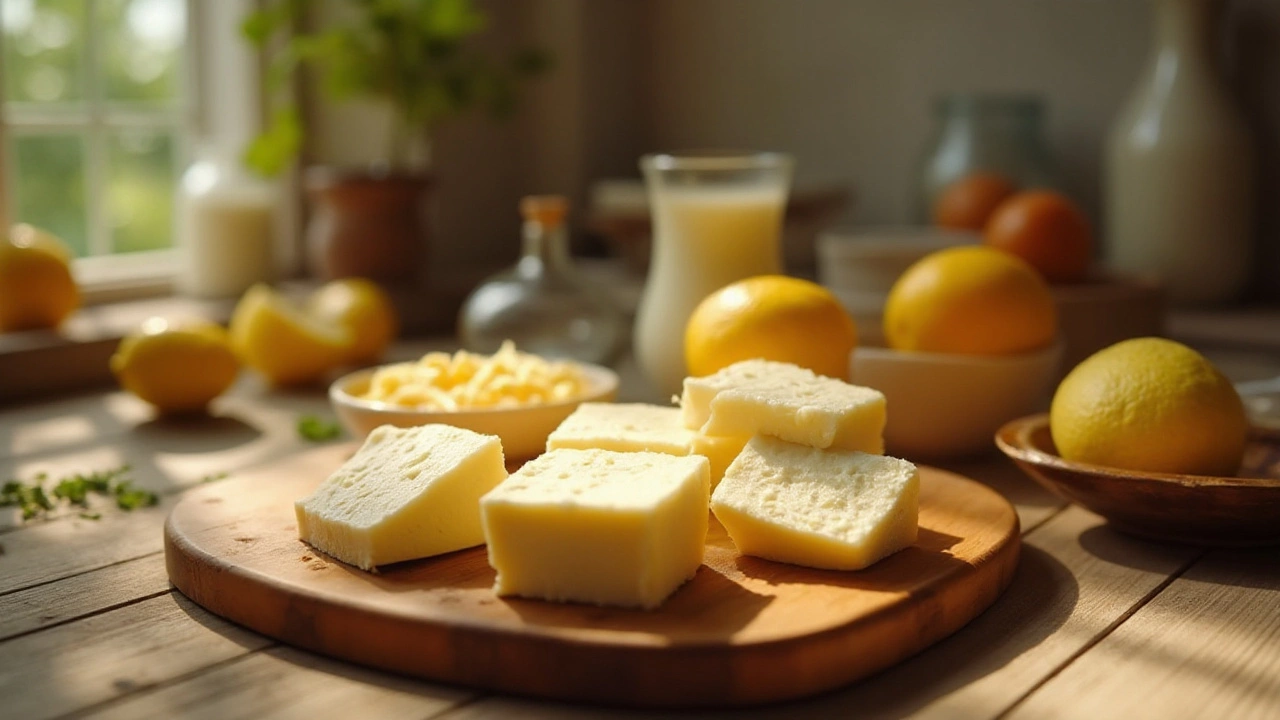Paneer Recipes: Easy Homemade Ideas, Cost Tips & Flavorful Dishes
Paneer is the heart of many Indian dishes, from buttery saag to spicy tikka. Whether you buy it from the store or make it at home, the right knowledge can turn a good recipe into a great one. Below you’ll find quick how‑tos, money‑saving tricks, and safety tips that let you enjoy fresh paneer every day.
Make Your Own Paneer – Simple Steps & Best Milk
First thing’s first: the milk you choose decides the texture and taste. Full‑fat cow milk works well, but buffalo milk gives a richer, denser paneer because of its higher fat content. If you’re into plant‑based options, try soy milk with a little lemon juice, though the flavor will differ.
Here’s a 5‑minute rundown:
- Heat 1 liter of milk until it just starts to boil.
- Add 2 tablespoons of lemon juice or vinegar while stirring gently.
- The curd will separate from the whey; let it sit for a minute.
- Line a sieve with cheesecloth, pour the mixture in, and squeeze out excess liquid.
- Press the wrapped curd with a heavy pot for 30 minutes for a firm block.
That’s it – fresh paneer ready for curry, grill, or salad. The whole process yields about 200 grams of paneer per litre of milk, but the exact amount varies with milk fat and how well you press out the whey.
Saving Money: Homemade vs Store‑Bought Paneer
Store‑bought paneer can be pricey, especially if you’re buying imported varieties. A quick cost check shows that making paneer at home often costs half as much. For example, a litre of full‑fat milk might cost $1.20, and you get roughly 200 grams of paneer. A 200‑gram pack from the supermarket could run $3–$4.
If you’re still on the fence, try this math: multiply the price of milk by the number of litres you need for a week’s worth of dishes, then compare it to the total price of store‑bought blocks. You’ll usually see a clear saving, plus the bonus of controlling freshness.
Besides cost, homemade paneer lets you avoid additives and adjust firmness to suit each recipe. Want a softer paneer for a creamy dip? Press less. Need a firmer block for grilling? Press more.
One common worry is spoilage. Fresh paneer lasts 2–3 days in the fridge when stored in water and sealed container. If it turns sour, develops a slimy texture, or smells off, toss it. A quick sniff and visual check can save you from a bad batch.
When you can’t find paneer, a good cheese substitute is mild American cheese or queso fresco. Both melt similarly and have a neutral flavor, though the texture won’t be exactly the same. Use them in a pinch for recipes like paneer tikka or paneer bhurji.
Ready to get cooking? Pick your milk, follow the five‑step method, and enjoy paneer that’s fresher, cheaper, and tailored to your taste. Your kitchen will thank you, and your wallet will feel lighter too.
How to Curdle Milk Without Lemon and Vinegar for Homemade Paneer
Learn how to make fresh paneer at home without lemon or vinegar using yogurt, buttermilk, or naturally soured milk. Discover the best alternatives, common mistakes, and how to store your homemade cheese.
Why Paneer Cheese is So Expensive: Secrets Behind the Price in Australia
Unpack why paneer cheese costs so much in Australia. Get inside info on supply, Australian dairy, import hassles, and tips to save money on every paneer buy.
How Much Paneer from 1 Gallon of Milk? A Real Kitchen Yield Guide
Ever wondered how much paneer you can actually get from a gallon of milk? This article breaks down the numbers and steps, so you’ll never over- or underestimate your homemade paneer yields again. Learn about the key factors that affect how much paneer you get, plus some pro tips to make your batch awesome. Find out how to make, store, and use that fresh paneer for the tastiest results. Real examples and kitchen-tested facts help you get the most out of every batch.
Is It Cheaper to Make Paneer? The Real Math Behind Homemade Paneer
Wondering if making paneer at home saves money compared to grabbing it from the store? This article breaks down actual costs, compares homemade vs store-bought paneer, and shares the best ways to get top results without breaking the bank. You'll learn exactly what you need, what to expect in terms of time and effort, plus tips for making your rupees—or dollars—go further. Perfect for anyone who's tempted to try making paneer for the first time or just wants to cut back on grocery bills.
Which American Cheese Comes Close to Paneer?
Choosing the right cheese can be tricky when you're looking for something that mirrors paneer's unique qualities. This article breaks down which American cheese types could serve as a close match to paneer, examining aspects like taste, texture, and how they behave when cooked. With insights into cheese characteristics and practical tips for cooking, you'll find it easier to adapt your favorite paneer recipes when paneer isn't available.
Choosing the Best Milk for Homemade Paneer: A Comprehensive Guide
Making paneer at home can be a rewarding experience, but choosing the right milk is crucial for the perfect texture and flavor. While milk options like cow, buffalo, and plant-based alternatives offer different results, each has its own distinct qualities that impact the paneer making process. Purity, fat content, and freshness are key factors to consider when selecting milk for your paneer. This article explores the various types of milk available, offering tips and insights to help you create the best homemade paneer.
Top Tips to Identify Spoiled Paneer at Home
Homemade paneer, with its soft and creamy texture, is a popular ingredient in many dishes. However, it's important to know when it has gone bad to ensure safety and quality in your meals. This article provides helpful insights and practical tips to identify spoiled paneer, discussing changes in texture, smell, and appearance. Discover how storage methods can impact paneer's shelf life and learn preventive measures to keep it fresh longer.






